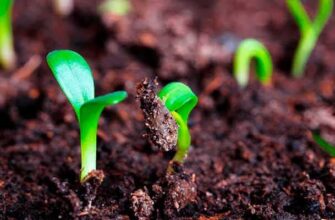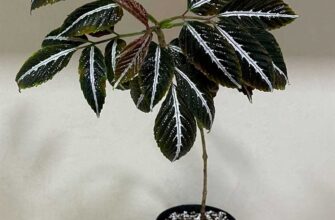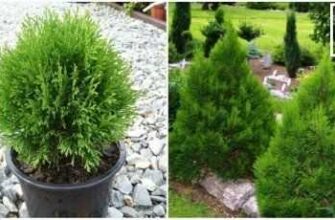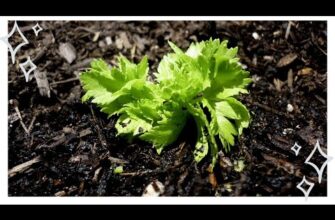- Садоводство зимой: какие цветы сеять в январе?
- Январские цветы: самые яркие культуры для сада
- Орхидеи
- Амариллис
- Зимние цветы: выбор семян для посева в январе
- Тепличные цветы: что посадить в январе для раннего цветения
- Цветы на подоконнике: идеи для украшения дома в январе
- Цветочный гороскоп: какие цветы сеять в январе в зависимости от знака зодиака
- Овен (21 марта — 19 апреля)
- Телец (20 апреля — 20 мая)
- Близнецы (21 мая — 20 июня)
- Рак (21 июня — 22 июля)
- Лев (23 июля — 22 августа)
- Январский букет: комбинации цветов для яркого и оригинального букета
- Цветущий сад зимой: какие цветы сеять в январе для долгого и красочного цветения
- Садоводство в январе: полезные советы для успешного выращивания цветов
- 1. Подготовка почвы
- 2. Выбор культур
- 3. Планирование цветения
- Зимний сад: какие цветы сеять в январе для создания уютного уголка природы
- Цветы на балконе: выбор культур для посадки в январе
- Полезные советы:
- Цветущий сад в городе: какие цветы сеять в январе на городских клумбах
- Садовые новинки: какие новые сорта цветов можно посеять в январе
- Вопрос-ответ:
- Какие культуры можно посеять в январе?
- Какой сорт моркови лучше всего посеять в январе?
- Какой сорт редиса можно посеять в январе?
- Какой сорт салата лучше всего посеять в январе?
- Какая техника выращивания перца подходит для января?
- Видео:
- Что ПОСЕЯТЬ В ДЕКАБРЕ! Список ЦВЕТОВ, которые ЦВЕТУТ ВСЁ ЛЕТО
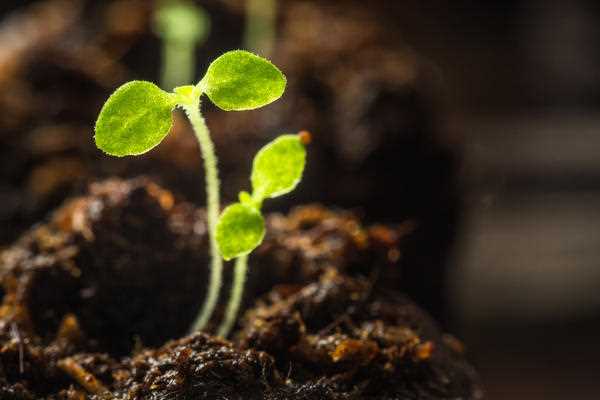
Январь — это месяц, когда многие садоводы и огородники отдыхают от активных работ на приусадебном участке. Однако, не все так просто! В январе можно заниматься посевом определенных культур, которые впоследствии будут радовать своим цветением и урожаем.
Одной из таких культур является ранний сорт роз. Именно в январе можно сеять розы, чтобы они успели прорасти и прийти в цветение к началу лета. Конечно, это требует тщательного ухода и создания необходимых условий для роста. Но если вам действительно хочется наслаждаться ароматом и красотой роз уже в начале лета, то стоит попробовать посеять их именно в январе.
Кроме роз, в январе можно сеять и другие культуры, которые обязательно цветут. Например, это может быть астра, декоративный горошек или петуния. Эти растения обладают яркими цветами и могут стать настоящим украшением вашего сада. Не забудьте, что для успешного роста и цветения требуется правильное уход, включая полив, подкормку и удаление сорняков.
Садоводство зимой: какие цветы сеять в январе?
Январь — месяц, когда садоводы уже готовятся к весеннему сезону и начинают сеять первые культуры. Несмотря на то, что зима еще в самом разгаре, есть несколько цветов, которые можно посеять именно в январе.
Именно в этом месяце сеем:
- Лук репчатый. Эта культура имеет длительный период вегетации и обычно сеется в конце осени или начале весны. Однако, если посеять лук репчатый в январе, то вы получите замечательные луковицы уже к лету.
- Астры. Если вы любите яркие и красивые цветы, то именно в январе можно начать сеять астры. Эта культура отличается длительным цветением и прекрасно украсит ваш сад.
- Нарциссы. Для тех, кто желает украсить свой сад красивыми и ароматными цветами уже весной, нарциссы идеальный выбор. Сеять их можно в январе, чтобы насладиться их цветением в самом начале весны.
Эти культуры обладают особыми свойствами и могут успешно развиваться даже в зимний период. Поэтому, несмотря на холодную пору, январь можно использовать для посева этих цветов и наслаждаться их красотой и ароматом уже в ближайшем будущем.
Январские цветы: самые яркие культуры для сада
В январе, когда на улице царит холод и снег, можно продолжать радовать глаза красочным цветением. Да-да, именно в этом месяце есть культуры, которые готовы расцвести и подарить яркие краски своим владельцам. Правда, не все цветы цветут в январе, но иначе было бы слишком заманчиво. Тем не менее, даже в это время года можно найти некоторые растения, которые готовы порадовать своим цветением.
Орхидеи

Одной из самых популярных культур для выращивания в январе являются орхидеи. Несмотря на свою изысканность и капризность, они способны цвести в любое время года. Орхидеями можно украсить окно или создать композиции из нескольких растений. Эти красивые цветы подарят яркие тона и уют вашему саду или дому.
Амариллис
Еще одним вариантом для январского цветения являются амариллисы. Их яркие и крупные цветы станут настоящим украшением сада или комнаты. Амариллисы можно сеять в горшках или в грунте. Они требуют небольшого ухода и дадут вам потрясающее цветение уже через несколько недель после посадки.
Таким образом, даже в январе можно насладиться красочным цветением. Орхидеи и амариллисы — это лишь некоторые из культур, которые способны порадовать своими цветами в этом холодном месяце. Выбирайте самые подходящие для вас растения и создавайте настоящий цветочный рай в своем саду или доме.
Зимние цветы: выбор семян для посева в январе
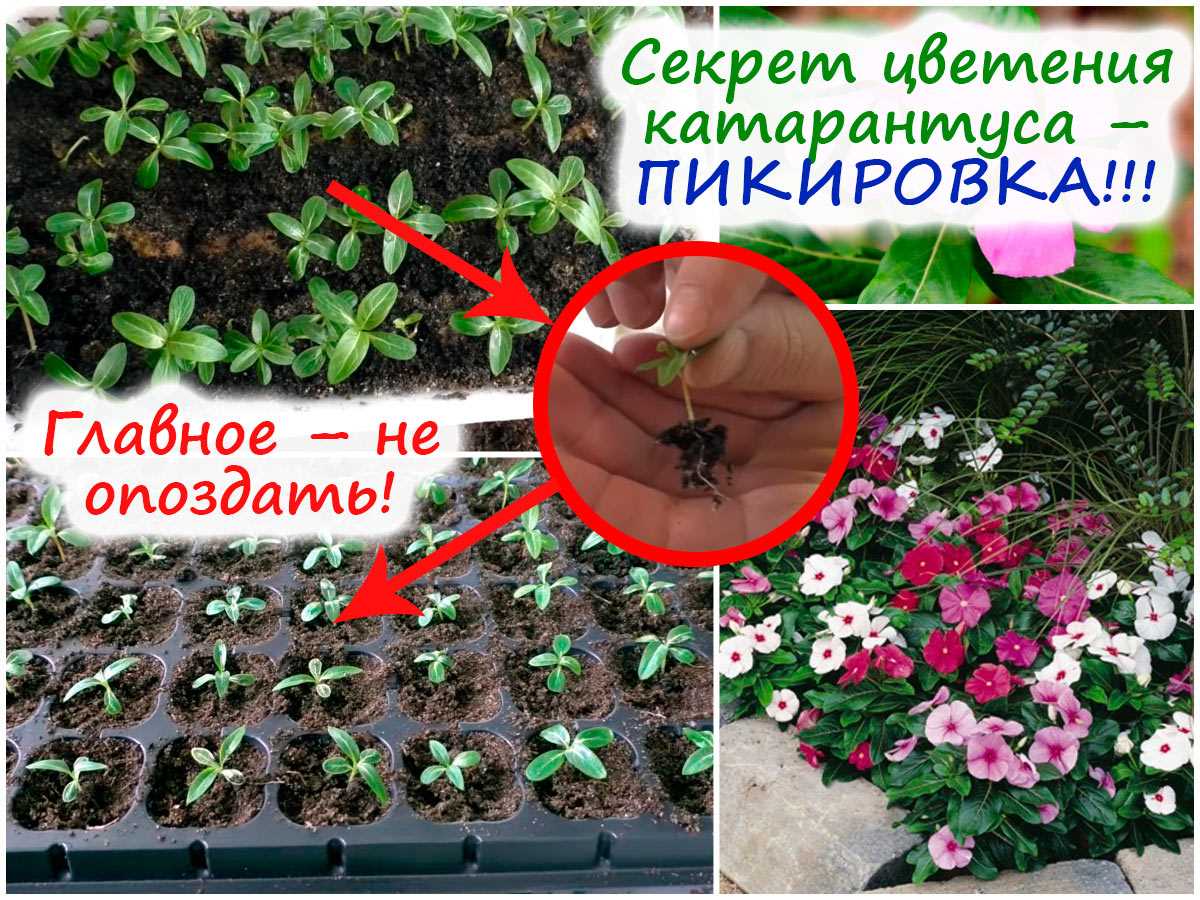
Выбрать культуры для посева в январе можно очень тщательно, учитывая особенности зимних условий. Именно зимой сеем семена тех растений, которые способны противостоять низким температурам и долгому периоду без солнечного света.
В январе можно посеять семена зимоцветов, например, таких, как георгины или нарциссы. Эти культуры отлично переносят холод и с радостью раскрывают свои яркие цветы уже в начале весны.
Иначе можно посеять семена растений, которые потребуют дополнительного облучения и поддержания комфортной температуры, например, в теплице или на подоконнике. Это могут быть фиалки или герань. Их красота будет радовать глаза весь зимний период.
Семена зимних цветов, которые сеют в январе, можно разделить на две категории: многолетние и однолетние. Многолетние цветы растут несколько лет подряд, каждый год радуя своими яркими цветами. Однолетние же цветы сеются каждый год заново и цветут только один сезон. Выбирайте то, что вам больше нравится и подходит для ваших условий.
Тепличные цветы: что посадить в январе для раннего цветения
Январь – месяц, когда на улице еще холодно и воздух пронизывает до костей. Но это не значит, что садоводы должны сидеть без дела. Именно в январе можно заняться посевом определенных культур, которые позволят насладиться ранним цветением весной.
Сеем в январе тепличные цветы – это правильное решение для тех, кто не может дождаться прихода теплой погоды. В теплице можно создать идеальные условия для роста и развития растений, которые иначе не смогли бы выжить в холодное время года.
Эти культуры обладают высокой устойчивостью к низким температурам и могут успешно расти и развиваться в условиях теплицы. В январе можно посадить такие тепличные цветы, как ранункулюс, анемону, ирисы, нарциссы, георгины и другие. Они обладают яркими цветами и приятным ароматом, что делает их незаменимыми для создания красивого цветника.
Для успешного посева тепличных цветов в январе важно создать оптимальные условия внутри теплицы. Температура должна быть не ниже +10 градусов, а влажность – не выше 80%. Важно также обеспечить растения достаточным количеством света, используя дополнительное освещение или выбирая сорта, которые лучше растут в недостатке света.
Цветы на подоконнике: идеи для украшения дома в январе
Январь — это зимний месяц, когда на улице холодно и мало света. Но это не значит, что в доме не может быть красоты и цветения! В этом месяце можно засеять различные культуры, чтобы иметь красивые цветы на подоконнике.
Именно в январе можно засеять рассаду таких культур, как георгина, фиалка, календула, астра и многие другие. Эти растения обладают яркими и красочными цветами, которые будут радовать глаз и создавать атмосферу уюта в доме.
Культуры, которые можно сеять в январе, требуют особого ухода и внимания. Их необходимо поливать регулярно и обеспечивать достаточное количество света. Также важно поддерживать оптимальные температурные условия и следить за влажностью почвы.
Однако, несмотря на все трудности, выращивание цветов на подоконнике в январе — это отличная возможность создать уютный уголок в доме и насладиться их красотой и ароматом. Для этого достаточно выбрать подходящие культуры, правильно ухаживать за ними и наслаждаться их цветением в самый холодный месяц года.
Цветочный гороскоп: какие цветы сеять в январе в зависимости от знака зодиака
Каждый знак зодиака имеет свои особенности, в том числе и в отношении цветов. В январе можно посеять культуры, которые особенно подходят для каждого знака и помогут привлечь удачу и гармонию в жизнь.
Овен (21 марта — 19 апреля)

Для овнов именно в январе наступает время для посева цветов, которые будут радовать своим ярким цветением. В этом месяце рекомендуется сеять астры, которые будут цвести к лету и подарят огромное количество красивых и ярких цветов.
Телец (20 апреля — 20 мая)
Для тельцов январь — отличное время для посева цветов, которые будут радовать своими ароматами. В этом месяце можно посадить гвоздики, которые во время цветения будут наполнять воздух своим прекрасным запахом.
Близнецы (21 мая — 20 июня)
Близнецы всегда стремятся к разнообразию и новым впечатлениям. Для них в январе можно сеять тюльпаны, которые своими яркими и разнообразными цветами поднимут настроение и добавят нотку весны в серую зиму.
Рак (21 июня — 22 июля)

Ракам в январе можно сеять лунные цветы, которые будут символизировать их чувствительность и интуицию. Такие цветы, как ночная фиалка или мать-и-мачеха, будут прекрасным выбором для этого знака.
Лев (23 июля — 22 августа)
Для львов в январе рекомендуется сеять солнечные цветы, которые будут символизировать их яркую и солнечную натуру. Такие цветы, как подсолнечник или ромашка, станут настоящим украшением истинных представителей этого знака.
Январский букет: комбинации цветов для яркого и оригинального букета
Январь — это зимний месяц, когда большинство растений находятся в состоянии покоя. Но это не значит, что нельзя создать яркий и оригинальный букет, чтобы поднять настроение в холодные зимние дни. В январе есть несколько культур, которые можно сеять именно в этот месяц и рассчитывать на их цветения в будущем.
Одной из таких культур являются зимостойкие цветы. В январе можно сеять такие растения, как ранункулюс, астры, вербейник, алиссум и сложноцвет. Они отличаются устойчивостью к низким температурам и могут цвести уже весной, радуя глаз яркими красками.
Другим вариантом для январского букета могут быть цветы, которые нуждаются в холодовом периоде для прорастания семян. Например, это могут быть различные луковичные растения, такие как нарциссы, тюльпаны, гиацинты. Сеяние этих цветов в январе позволит им получить необходимый холодовой период и весной они прорастут и начнут цвести.
Также в январе можно сеять растения, которые начинают цветение не сразу после посева, а через некоторое время. К таким культурам относятся георгины, чубушник, анемона и гортензия. Их сеют в январе, чтобы они получили достаточно времени для прорастания и развития. Цветение этих растений начинается позже, но они прекрасно подойдут для создания оригинального и необычного букета.
Так стоп!!! Вы всё ещё не подписаны на наши каналы в Телеграмм и Дзен? Посмотрите: ТГ - (@historyfantasydetectivechat) и Дзен (https://dzen.ru/myshortsstorys)
В январе можно сеять различные культуры, которые в будущем будут радовать своим ярким и красочным цветением. Будьте оригинальны и смело экспериментируйте с комбинациями цветов, чтобы создать яркий и неповторимый январский букет!
Цветущий сад зимой: какие цветы сеять в январе для долгого и красочного цветения
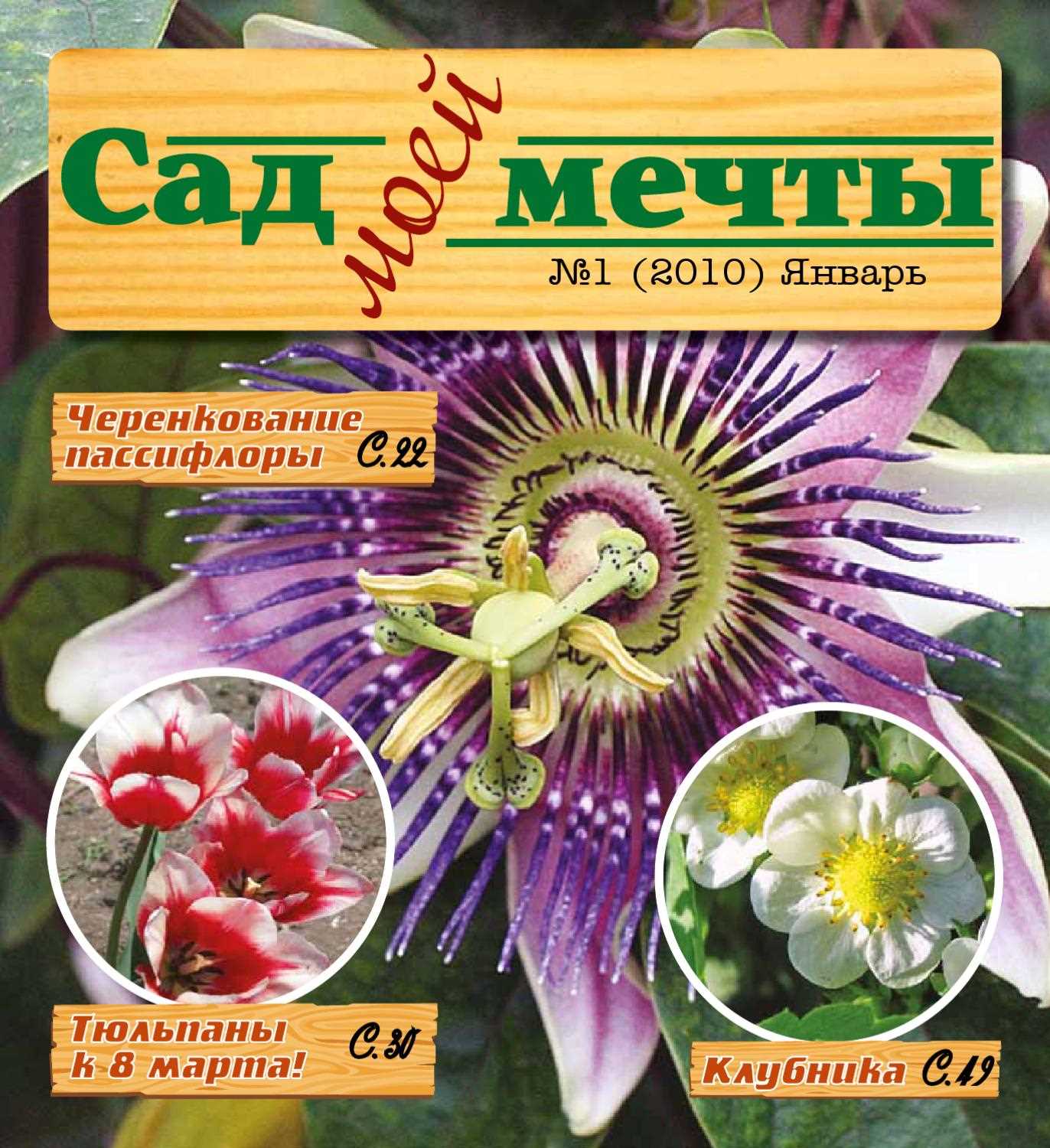
Январь — время, когда большая часть садов и огородов покрыта снегом, но это не значит, что нельзя создать красочный цветущий уголок прямо у себя на участке. В январе можно сеять определенные культуры, которые обеспечат долгое и яркое цветение в зимний период.
Один из самых популярных цветов, иначе говоря, «королева зимы», — это амариллис. В январе можно сеять амариллисы в горшки, чтобы наслаждаться их прекрасными цветами в течение всей зимы. Эти красивые цветы с яркими лепестками создадут настоящий праздничный настроение в вашем саду или на балконе.
Еще одним вариантом для цветущего сада зимой является сеяние гортензии. В январе можно сеять гортензии в горшки или контейнеры, чтобы получить красивые кусты с пышными соцветиями. Гортензии разных сортов и цветов будут радовать вас своим цветением долгие месяцы.
Также в январе можно сеять георгины. Эти изысканные цветы с яркими лепестками могут стать настоящим украшением вашего сада в зимний период. Георгины можно сеять в горшки или в грядки, чтобы создать красочные клумбы. Сочетание разных сортов георгинов позволит создать настоящий цветочный фейерверк на вашем участке.
Садоводство в январе: полезные советы для успешного выращивания цветов
Январь — не самый популярный месяц для садоводства, но именно в этот период можно заняться подготовкой почвы и выбором культур, которые будут радовать своим цветением уже весной. Иначе говоря, январь — идеальное время для планирования и подготовки к будущему роскошному саду.
1. Подготовка почвы

В январе можно приступить к подготовке почвы для будущих посадок. Очистите участок от сорняков и мусора, перекопайте землю и добавьте компост или перегнете органическое удобрение. Такая подготовка позволит почве обогатиться полезными веществами и создать оптимальные условия для роста и развития растений.
2. Выбор культур

Один из самых важных шагов в садоводстве — это выбор правильных культур. В январе можно провести анализ почвы и определить, какие растения будут лучше всего себя чувствовать на вашем участке. При этом обратите внимание на такие факторы, как освещение, влажность, температура и состав почвы. Исходя из этих данных, выберите те культуры, которые максимально подходят под ваши условия.
3. Планирование цветения
А чтобы ваш сад выглядел красиво и ухоженно весь сезон, обратите внимание на цветение выбранных культур. Разнообразие цветов и их последовательное цветение позволят создать гармоничный и красочный ландшафт. При планировании учтите цветовую гамму, высоту и форму растений, чтобы создать эстетически привлекательные композиции.
Таким образом, садоводство в январе может быть не только полезным, но и интересным занятием. Подготовка почвы, выбор подходящих культур и планирование цветения — ключевые моменты, которые помогут вам создать красивый и ухоженный сад, который будет радовать вас своим цветением.
Зимний сад: какие цветы сеять в январе для создания уютного уголка природы
Январь — это не только время холодов и снежных заметов, но и возможность создать свой небольшой уголок природы прямо у себя дома. Зимний сад станет отличным местом для отдыха и расслабления, а цветущие растения подарят кусочек весны в серую зиму.
Вполне можно посадить некоторые культуры, которые начнут цвести именно в январе. Эти растения порадуют вас своими нежными и яркими цветами, создавая атмосферу уюта и радости.
Одной из таких культур является амариллис. Его великолепные цветы отличаются яркой окраской и крупными размерами. Иначе его называют “Рыжий король”, потому что его цветы имеют насыщенный красный цвет. Амариллис сеют в январе, чтобы на момент весеннего настроения уже росли его соцветия.
Другой красивой культурой, которую можно посадить в январе, является цикламен. Это нежное растение с оригинальными цветками разных оттенков: от белого до яркого красного. Цикламен прекрасно смотрится в горшках, и его зеленые листья создают дополнительную декоративность.
Однако, если хочется создать настоящий цветущий сад в зимние месяцы, можно использовать не только отдельные культуры, но и создать цветник из различных цветущих растений. Например, можно посадить зимний горошек, снежные комочки, зимние фиалки и другие растения, которые цветут именно в январе.
Цветы на балконе: выбор культур для посадки в январе
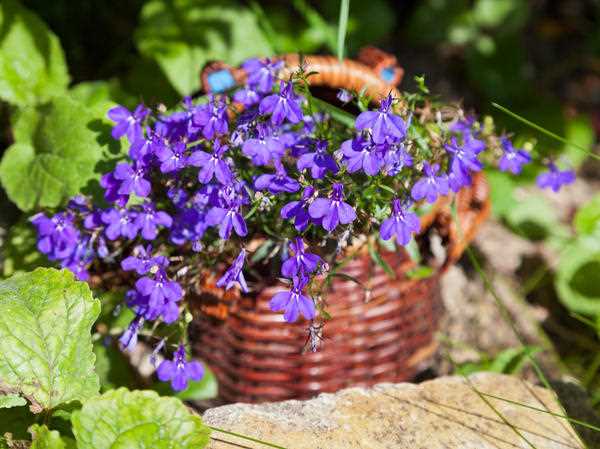
Январь – не самый подходящий месяц для садоводов, однако даже в это время можно заняться выращиванием цветов на балконе. Именно в январе мы сеем цветения, которые порадуют нас зеленью и красками в течение всего лета.
Выбирая культуры для посадки в январе, следует учесть особенности этого месяца. Воздух на балконе может быть прохладным, поэтому лучше выбирать растения, которые хорошо переносят низкие температуры. Иначе цветы могут погибнуть от холода.
Для посадки в январе на балконе можно выбрать такие культуры, как герань, вербена, астры, петуния, бегония и другие. Эти растения хорошо растут в горшках и контейнерах, что позволяет создать на балконе настоящий цветочный сад.
Если вы хотите добавить некоторое разнообразие в свой цветник на балконе, можно сеять несколько разных культур. Например, герань и вербену, бегонию и петунию. Таким образом, вы получите яркий и красочный балкон, который будет радовать глаза не только в январе, но и в течение всего лета.
Полезные советы:
- Выбирайте культуры, которые хорошо переносят низкие температуры.
- Правильно ухаживайте за растениями на балконе, обеспечивая им достаточное количество света и влаги.
- Регулярно подкармливайте цветы удобрениями, чтобы они хорошо росли и цвели.
В январе не так много возможностей для садоводства, но выбор культур для посадки на балконе позволяет создать настоящий цветочный уголок. Не бойтесь экспериментировать и создавать свой уникальный балконный дизайн, который будет радовать вас и ваших гостей в течение всего лета.
Цветущий сад в городе: какие цветы сеять в январе на городских клумбах
Январь – зимний месяц, когда все вокруг покрыто снегом и холодом. Но это не значит, что наши городские клумбы должны оставаться безцветными и унылыми. В январе можно сеять определенные культуры, которые будут радовать нас своими яркими цветами уже в ближайшем будущем.
Именно в январе можно заниматься подготовкой и посевом таких культур, как весенние цветы. В отличие от многих других растений, эти растения необходимо посеять именно зимой, чтобы они могли покорить нас своим красочным цветением с самого начала весны.
Одной из таких культур является крокус. Это замечательное цветущее растение, которое может подарить нам первые яркие краски в саду уже в феврале. Крокусы можно сеять в январе, чтобы весной они порадовали нас своими красивыми цветами. Также в январе можно сеять на городских клумбах такие культуры, как ирисы, нарциссы и тюльпаны.
Если вы хотите, чтобы ваш сад в городе всегда радовал глаз яркими цветами, не забывайте о посеве в январе. Ведь именно в это время можно сеять те культуры, которые обязательно цветут и добавляют яркие краски в нашу жизнь.
Садовые новинки: какие новые сорта цветов можно посеять в январе
Январь — идеальное время для подготовки к весеннему цветению в саду. В этот месяц можно сеять множество культур, которые радуют глаз своими яркими и красивыми цветами.
Одной из таких культур являются ампельные петунии. В январе можно сеять семена этих прекрасных цветов, чтобы насладиться их цветением уже в первые месяцы весны. Ампельные петунии отличаются своей изящностью и нежностью, они идеально подходят для оформления балконов и веранд.
Еще одной интересной культурой, которую можно посеять в январе, являются георгины. Эти цветы отличаются своей красотой и разнообразием оттенков. В саду они будут прекрасно смотреться в группах или в одиночных посадках. Георгины могут быть выращены из семян, но также их можно размножать и через клубни.
Еще одной культурой, которую можно посеять в январе, являются розы. Существует множество разных сортов роз, каждый из которых отличается своей красотой и ароматом. Розы хорошо растут как в горшках, так и в открытом грунте. Их прекрасно смотрится в саду или на клумбе.
Вопрос-ответ:
Какие культуры можно посеять в январе?
В январе можно посеять такие культуры, как морковь, редис, лук-порей, шпинат, салат, перец, петрушку и укроп.
Какой сорт моркови лучше всего посеять в январе?
В январе рекомендуется посеять ранние сорта моркови, например, «Нантская 2» или «Московская ранняя». Они хорошо приспосабливаются к низким температурам и быстро прорастают.
Какой сорт редиса можно посеять в январе?
В январе можно посеять ранние сорта редиса, такие как «Валентино» или «Аполло». Они отлично растут при низких температурах и быстро дозревают.
Какой сорт салата лучше всего посеять в январе?
В январе рекомендуется посеять ранний сорт салата, например, «Батавия» или «Лолло Росса». Они хорошо переносят холод и быстро прорастают.
Какая техника выращивания перца подходит для января?
Для выращивания перца в январе рекомендуется использовать технику грунтового выращивания. Нужно сеять семена в горшки или контейнеры, затем обеспечить им тепло и дополнительное освещение. Когда появятся первые ростки, рассаду можно пересадить в теплицу или в открытый грунт.


